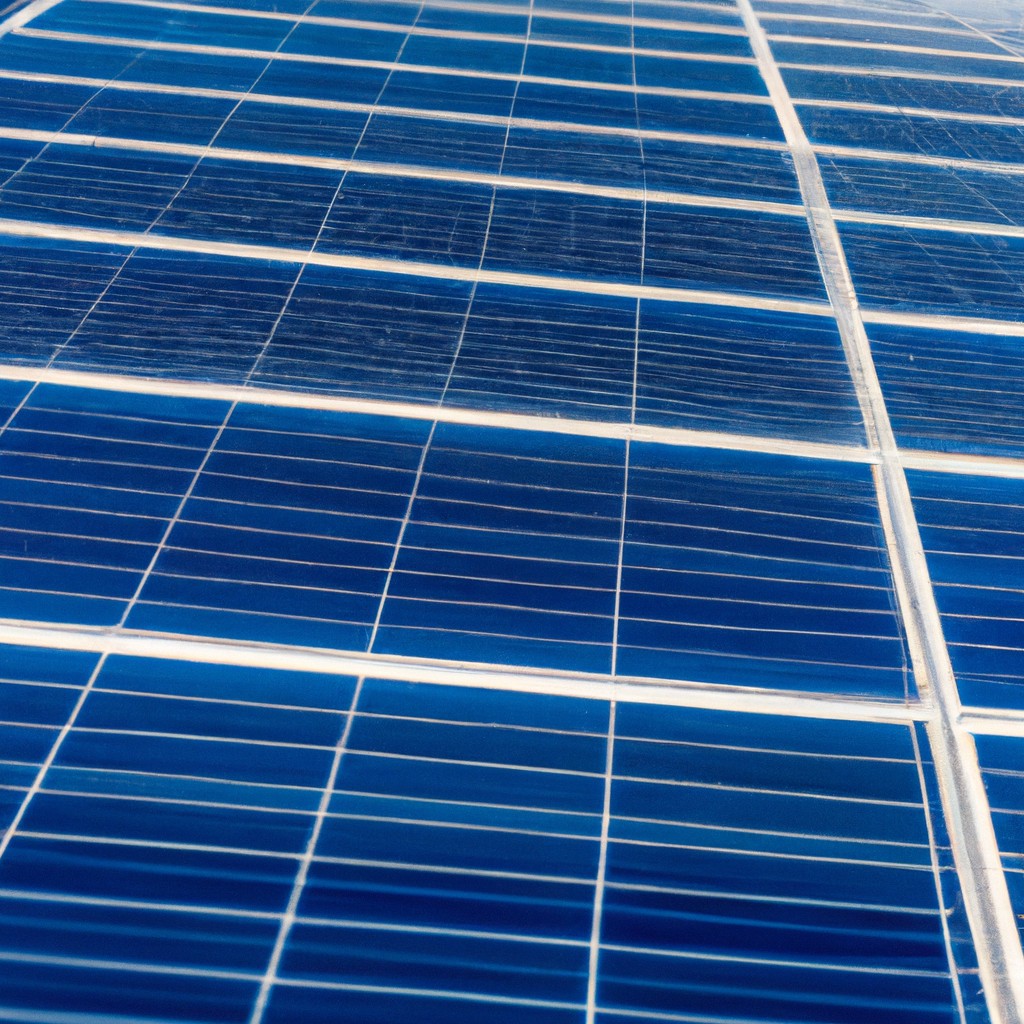This article examines the environmental impact of solar panels to shed light on their sustainability and potential drawbacks.
Key takeaways:
- Solar panels can contribute to habitat disruption and greenhouse gas emissions indirectly.
- Manufacturing solar panels involves water-intensive processes and use of hazardous materials.
- Companies are adopting cleaner energy sources and recycling programs for waste materials.
- Energy payback time for solar panels ranges from 1 to 4 years.
- Mining for solar panel materials impacts the environment, but advancements aim to reduce disturbances and improve responsible sourcing practices.
Negative Environmental Impacts of Solar Panels

Solar panels are widely regarded as a clean energy source, yet they can have certain environmental drawbacks. During their lifecycle, solar panels can contribute to habitat disruption if not installed thoughtfully. Large solar farms require significant land, which can lead to the clearing of natural areas and affect local wildlife. Additionally, solar panels produce some greenhouse gas emissions indirectly through the energy used in their manufacturing, transportation, and installation processes.
Another aspect to consider is water use. The production of solar panels involves water-intensive processes, potentially straining local resources if not managed responsibly. Moreover, the usage of certain hazardous materials in manufacturing, such as lead and cadmium, can pose environmental risks if not handled and disposed of properly.
These impacts, while relatively minor when compared to the emissions of fossil fuel-based power generation, are important to address and mitigate through careful planning, the implementation of stricter industry regulations, and the development of more sustainable production technologies.
Environmental Impact of Solar Panel Manufacturing
The process of creating solar panels involves the extraction and processing of raw materials like quartz and metals, which requires substantial energy input. Factories that manufacture photovoltaic cells also contribute to greenhouse gas emissions.
During production, harmful chemicals such as sulfuric acid and phosphine gas may be used, necessitating responsible handling to prevent environmental contamination.
To mitigate these impacts, manufacturers are adopting cleaner energy sources and recycling programs for waste materials. Implementing stringent regulations and advancement in manufacturing technology also play crucial roles in reducing the carbon footprint of solar panel production.
Additionally, the development of thin-film solar cells offers a lower environmental burden due to their reduced material usage and simpler fabrication.
Energy Payback Time of Solar Panels
Energy payback time (EPT) refers to the period a solar panel requires to generate the amount of energy that was used to produce it. Typically, solar panels have an EPT ranging from 1 to 4 years, depending primarily on the technology and the location where they are installed; sunnier spots usually result in faster energy payback.
It’s important to note that EPT is steadily improving. Advances in solar technology and manufacturing processes are reducing the energy input required. Once a solar panel surpasses its EPT, it produces net-positive clean energy, offsetting the initial environmental costs. The average lifespan of a solar panel is about 25-30 years, so after the EPT, a solar panel can provide decades of emission-free energy.
Environmental Impact of Mining for Solar Panel Materials
The extraction of raw materials needed to fabricate solar panels, such as quartz for silicon cells, and metals like silver, copper, and aluminum, significantly impacts the environment.
Large-scale mining operations can result in habitat destruction, soil erosion, and water contamination.
Furthermore, mining activities generate substantial amounts of waste rock and tailings, which can release harmful elements into the ecosystem if not managed properly.
Despite these concerns, advancements in mining technologies aim to reduce environmental disturbances, and companies are increasingly bound by regulations that mandate responsible sourcing practices.
Additionally, the solar industry is exploring alternatives to critical minerals and methods to use materials more efficiently, thereby mitigating the environmental footprint of mining for solar manufacturing.
A Larger Issue: Solar Panel Recycling
As solar panels reach the end of their functional lifespan, typically around 25-30 years, proper disposal becomes essential. The core issue lies in the complexity of recycling solar panel components which include glass, plastic, silicon, and metals such as silver and lead. Without established recycling processes, these materials can cause environmental harm.
Considerable efforts are underway to create efficient recycling methods. A promising approach involves mechanical and chemical processes to separate and reclaim valuable materials. Technologies like robotics and thermal treatments are also being explored to enhance recycling rates and make the process more economically viable.
Legislation is playing a key role as well. Some regions have introduced producer responsibility regulations that require manufacturers to fund and manage the recycling of their solar panel products. By creating circular economies around solar panel materials, the industry can reduce waste and retain valuable metals within the production cycle.
Active involvement from the public and private sectors, including investment in recycling research and infrastructure, is crucial to resolving this challenge. As recycling technology advances, the goal is to ensure that solar power remains a truly green energy source from cradle to grave.




